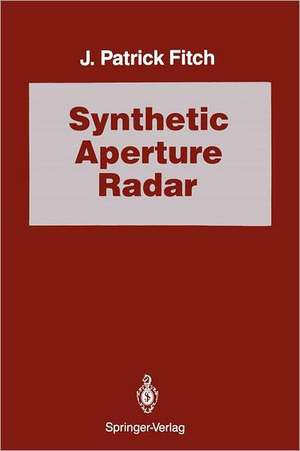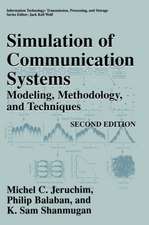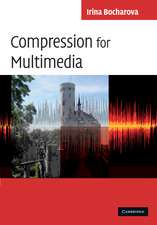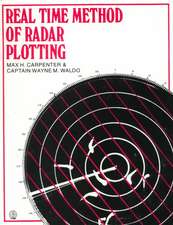Synthetic Aperture Radar: Signal Processing and Digital Filtering
Autor J. Patrick Fitch C. S. Burrusen Limba Engleză Paperback – 8 oct 2011
Preț: 381.81 lei
Nou
Puncte Express: 573
Preț estimativ în valută:
73.08€ • 79.41$ • 61.43£
73.08€ • 79.41$ • 61.43£
Carte tipărită la comandă
Livrare economică 21 aprilie-05 mai
Preluare comenzi: 021 569.72.76
Specificații
ISBN-13: 9781461283669
ISBN-10: 1461283663
Pagini: 184
Ilustrații: VIII, 170 p.
Dimensiuni: 155 x 235 x 10 mm
Greutate: 0.27 kg
Ediția:Softcover reprint of the original 1st ed. 1988
Editura: Springer
Colecția Springer
Seria Signal Processing and Digital Filtering
Locul publicării:New York, NY, United States
ISBN-10: 1461283663
Pagini: 184
Ilustrații: VIII, 170 p.
Dimensiuni: 155 x 235 x 10 mm
Greutate: 0.27 kg
Ediția:Softcover reprint of the original 1st ed. 1988
Editura: Springer
Colecția Springer
Seria Signal Processing and Digital Filtering
Locul publicării:New York, NY, United States
Public țintă
ResearchCuprins
1 Radar Processing.- 1.1 Radar: A Well Defined Problem.- 1.2 Transmitting and Receiving.- 1.3 Digital Processing of Radar Returns.- 1.4 Seasat Radar Processing.- 1.5 Summary of Radar Processing.- 1.6 References.- 1.7 Problems.- 2 Radar Imaging.- 2.1 Restrictions on Antenna Size.- 2.2 Antenna Arrays.- 2.3 Synthetic. Antenna Arrays.- 2.4 Airborne Synthetic Arrays.- 2.5 Matched Filter Interpretation.- 2.6 Model of the Antenna — Target Motion.- 2.7 Doppler Frequency Shift.- 2.8 Digital Implementation Considerations.- 2.9 Seasat Image Reconstruction.- 2.10 Summary of Radar Imaging.- 2.11 References.- 2.12 Problems.- 3 Optical Processing Of SAR Data.- 3.1 Optical Signal Processing.- 3.2 SAR Processor.- 3.3 Response to a Point Target.- 3.4 Holographic Interpretation.- 3.5 Advances in Optical Processing.- 3.6 Summary of Optical Processing Techniques.- 3.7 References.- 3.8 Problems.- 4 Related Algorithms: An Overview.- 4.1 Ultrasonic Inspection—SAFT-UT.- 4.2 Tomography.- 4.3 Spotlight Mode SAR.- 4.4 Inverse SAR.- 4.5 Summary of Related Algorithms.- 4.6 References.- 4.7 Problems.- A Signal Processing Tools.- A.1 Sampling Continuous Time Signals.- A.2 Specifying A Model: Linear Systems.- A.3 The Convolution Representation.- A.4 Fast Convolution with FFTs.- A.5 Summary of Signal Processing Tools.- A.6 References.- A.7 Problems.- B Matched Filter Derivation.- B.1 Problem Definition.- B.2 Optimization: Maximizing the SNR.- B.3 Example Assuming White Noise.- B.4 Summary of Matched Filter Statistics.- B.5 References.- B.6 Problems.- C Matched Filter Implementation.- C.1 Eliminating The Bit Reversal Operation.- C.2 FFT of a Real Valued Sequence.- C.3 Summary of Implementation Considerations.- C.4 References.- C.5 Problems.- D Solutions to Exercises.





















